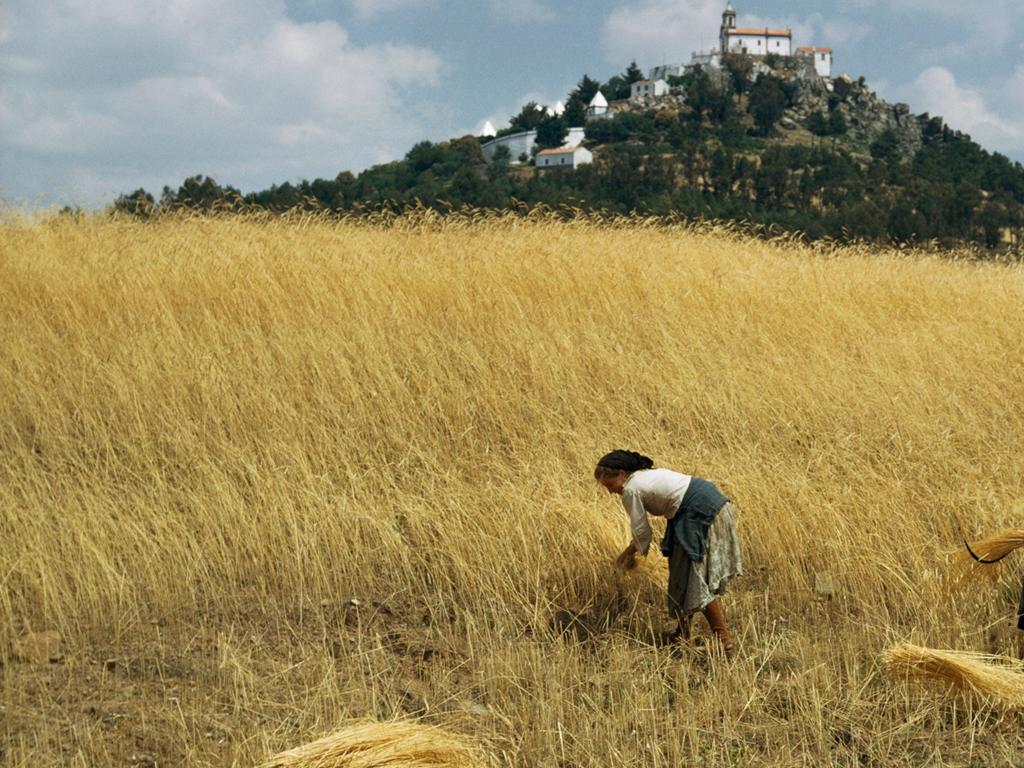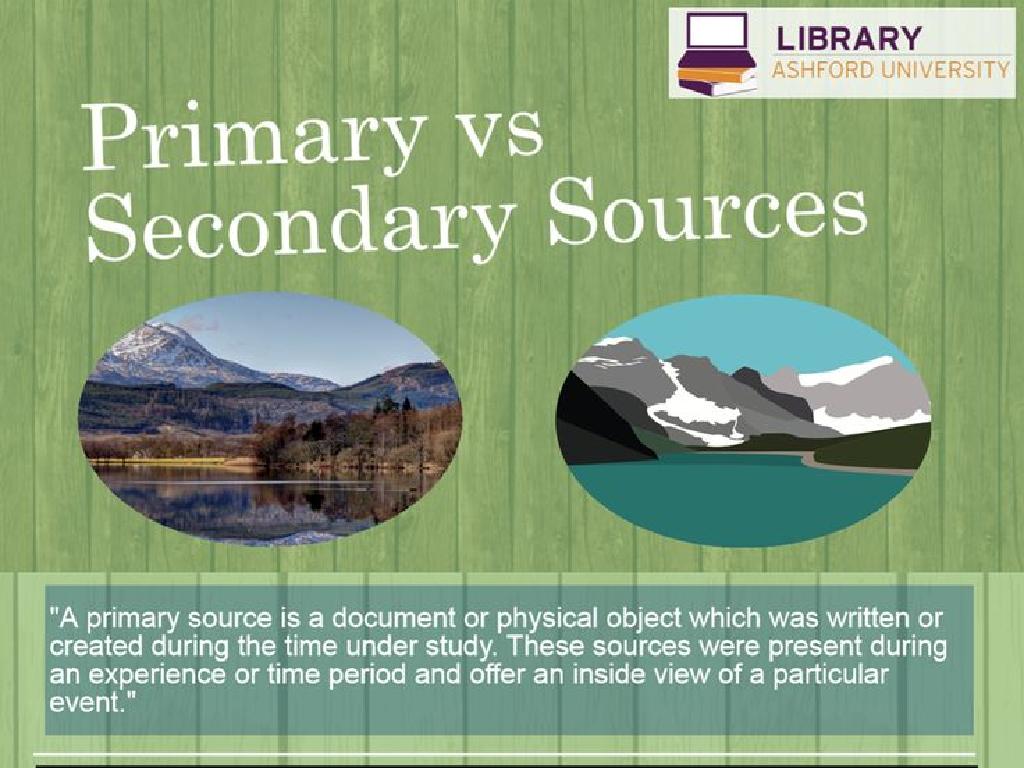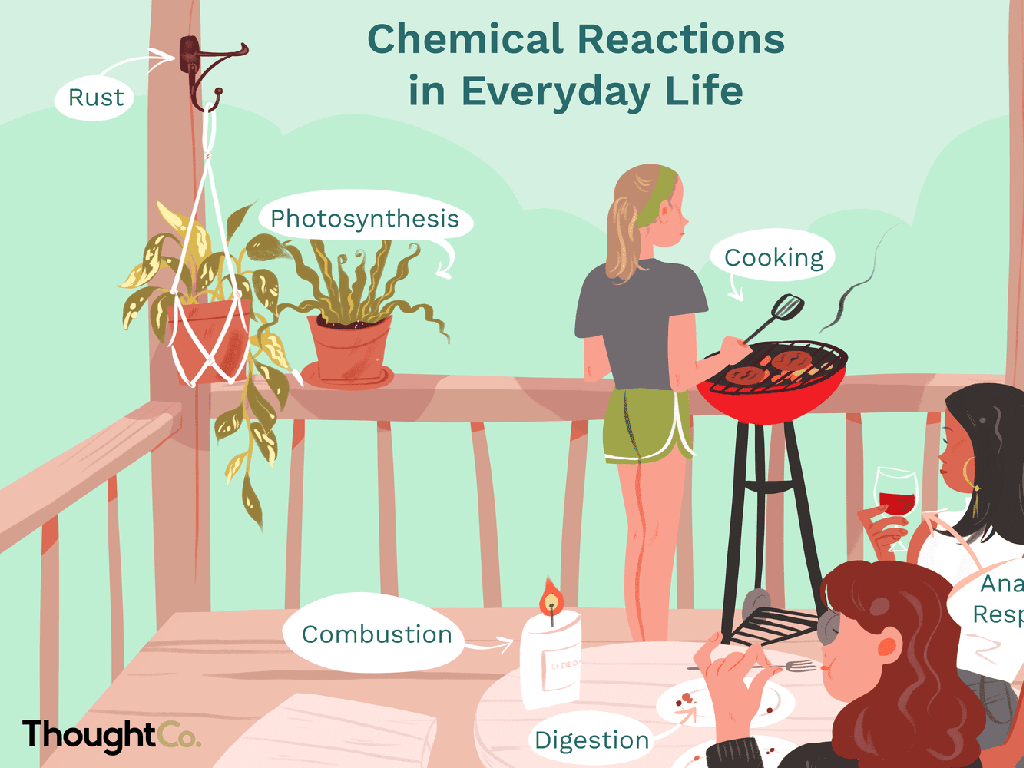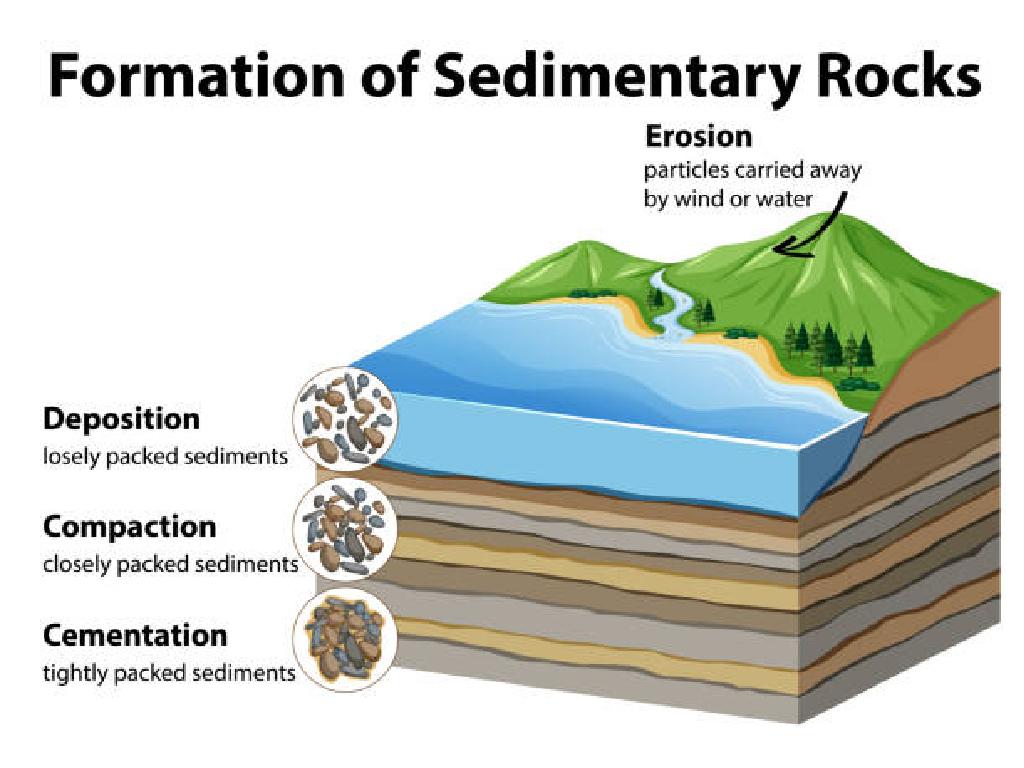Read A Letter-Number Grid
Subject: Social studies
Grade: Second grade
Topic: Geography
Please LOG IN to download the presentation. Access is available to registered users only.
View More Content
Navigating Maps: Letter-Number Grids
– Introduction to map reading
– Learn about letter-number grids
– Grids help us find places easily on a map
– Why reading maps is essential
– Maps guide us in travel and understanding the world
– Fun map activity planned
– Get ready to locate places on a map grid!
|
This slide introduces the concept of map reading to second-grade students, focusing on the use of letter-number grids. Begin by explaining that maps are tools that help us find where we are and where we want to go. Emphasize the importance of maps in daily life, such as traveling to new places or understanding geography. Introduce letter-number grids as a simple way to locate places on a map by matching letters and numbers. Conclude with an engaging activity where students will practice using a letter-number grid to find specific locations on a classroom map. This hands-on experience will help solidify their understanding of the concept.
Understanding Maps
– A map is a place’s picture from above
– Maps help us locate things
– Like a treasure map helps find treasure
– Various maps for various needs
– Weather, road, and world maps serve different uses
– Maps guide us on adventures
|
This slide introduces the concept of maps to second-grade students. Begin by explaining that a map is like a drawing or picture that shows us a view of a place from the sky. Emphasize how maps are important tools for finding where things are, such as schools, parks, or even treasure! Highlight that there are many kinds of maps, each with a special purpose. For example, a weather map shows us where it might rain, while a road map shows us how to get to a friend’s house. Encourage students to think of maps as guides for different adventures, whether they’re going on a family trip or exploring a story in a book. This will set the stage for learning how to read and use different types of maps effectively.
Understanding Letter-Number Grids
– Grids help find places on maps
– Letters on one side, numbers on other
– Meeting point of letter and number
– Where a row and a column intersect, like A5 or B3!
– Practice finding locations
– We’ll use a grid to find different places together.
|
This slide introduces students to the concept of letter-number grids, which are essential tools for locating places on a map. Explain that grids are made up of horizontal and vertical lines that form squares. The horizontal lines correspond to letters and the vertical lines to numbers. The point where a letter and a number meet on the grid corresponds to a specific location on the map. Use a simple grid with letters on the top and numbers on the side to demonstrate how to find a location by following the grid coordinates. For example, A1 or C3. Encourage students to practice with a sample map grid to solidify their understanding. This activity will help them develop spatial awareness and map-reading skills.
Let’s Practice Reading a Grid!
– Locate A-1 on the grid map
– Find the playground at B-2
– The playground is a fun area, usually with slides and swings, located at B-2 on our grid.
– Discover what’s at C-3
– We’ll explore the grid to see what C-3 has in store for us.
– Share findings with the class
|
This slide is an interactive class activity designed to help second-grade students practice reading a letter-number grid. Start by explaining how to read grid coordinates. Then, ask the students to find A-1 on their maps. Next, guide them to locate B-2 and identify the playground, discussing what they might find there. For C-3, work together as a class to discover what is located at these coordinates. Encourage students to describe what they see and think about what activities can happen in these areas. Possible activities include drawing their own grid map, using toy figures to navigate the grid, or creating a treasure hunt using grid references.
Reading a Map Grid
– Understanding the grid system
– A grid has letters across the top and numbers down the side.
– Example: Locating the library
– The library is in square D-4 on our map grid.
– Let’s practice together
– Finding the post office on the grid
– Use the grid to find where the post office is located.
|
This slide introduces students to the concept of using a letter-number grid system to locate places on a map, which is a fundamental skill in geography. Start by explaining how the grid is organized with letters and numbers. Show them an example by locating the library at grid reference D-4. Then, engage the students with a practice activity by asking them to find the post office on the grid. Provide a map with a clear grid overlay and ensure each student has a chance to participate. This interactive approach helps students understand and remember how to use grid references for navigation.
Our School Map: Exploring Our Classroom
– Create a classroom map
– Mark desks with a grid
– Each desk gets a unique grid address
– Locate different classroom areas
– Use the map to find the reading corner, door, etc.
– Understanding grid usage
– Learn how grids help us find places quickly
|
This slide introduces students to the concept of using a letter-number grid to create a map of their classroom. The activity is designed to help students understand how grids function as a tool for locating and identifying different areas and objects within a space. Teachers should guide students through the process of drawing a simple grid over a layout of the classroom, assigning letters and numbers to the rows and columns, and then marking each desk’s position on the grid. Students will practice using the grid to find various classroom areas such as the teacher’s desk, the reading corner, and the entrance. This hands-on activity will reinforce their spatial awareness and the practical application of grids in everyday life.
Class Activity: Treasure Hunt Adventure
– We’re having a treasure hunt!
– Use the map grid for clues
– The map grid has letters and numbers to guide you
– Teamwork to find treasure
– Help each other and solve the map’s mystery
– Exciting rewards await!
|
This interactive class activity is designed to help students understand and apply their knowledge of reading letter-number grids. Set up the classroom with various ‘clue’ stations marked on a simple grid map. Each station should have a letter-number coordinate that students can find. Divide the class into small groups and provide each with a map. Encourage them to work together to interpret the grid and find each clue, leading them to the hidden ‘treasure’ in the classroom. This activity promotes teamwork, problem-solving, and practical application of geography skills. Possible variations of the treasure hunt could include finding historical figures, landmarks, or items related to the current social studies curriculum.
Map Grid Mastery!
– Congratulations on learning map grids!
– You can locate places using grids
– Just like finding a treasure in a treasure map, use the grid to find cities or landmarks.
– Practice to become a map grid expert
– Try using grids on different maps for fun
– Keep exploring maps with grids
|
This slide is a celebratory conclusion to reinforce the students’ new ability to read a letter-number grid on maps. It’s important to acknowledge their effort and encourage them to apply this skill to find various places on any map that includes a grid system. Remind them that with continued practice, they will become even more proficient. Suggest that they explore maps at home or in the library and try to locate different places using the grid. This will not only solidify their understanding but also spark their interest in geography and navigation.






